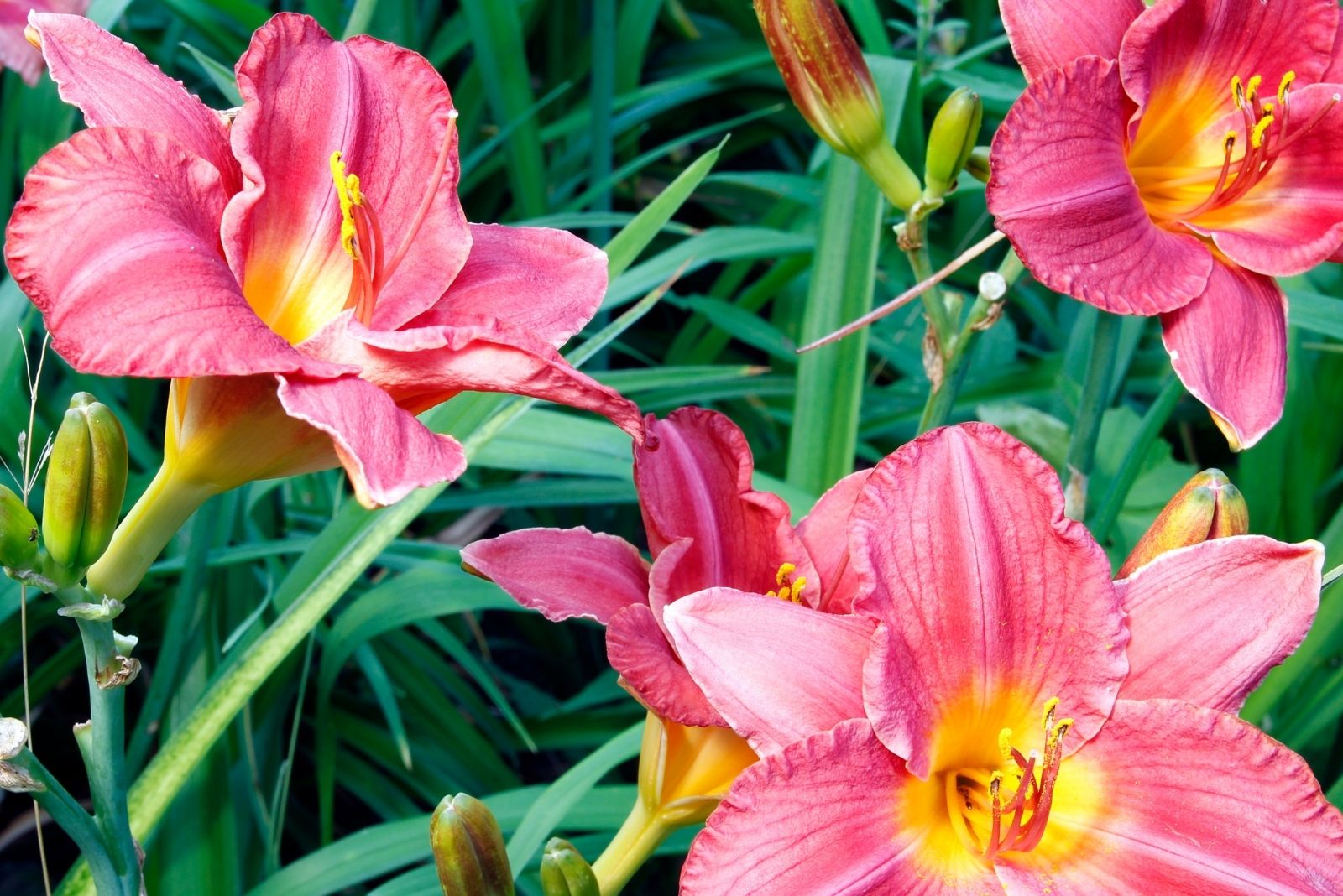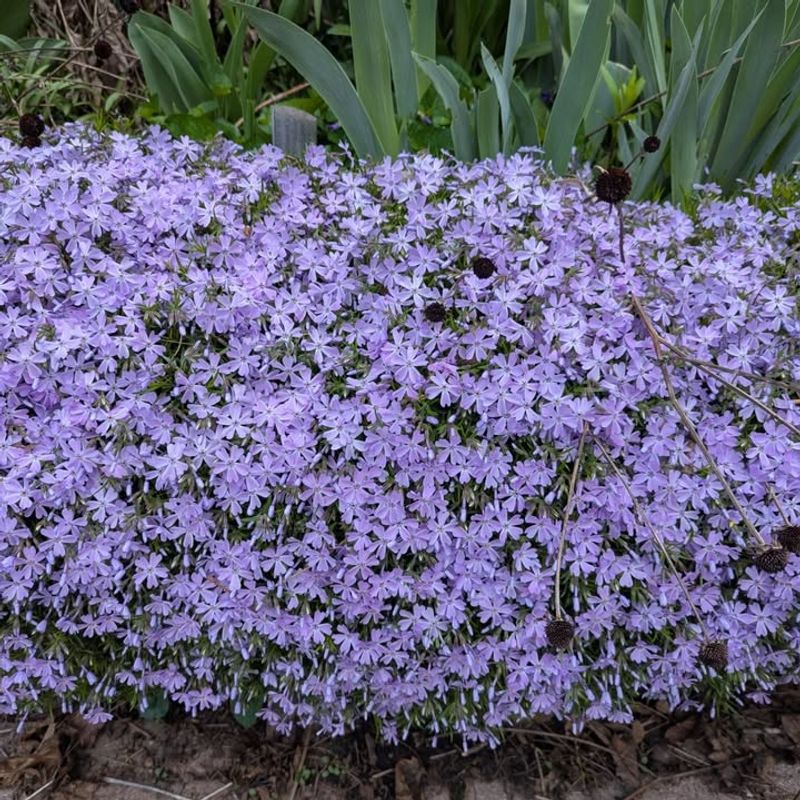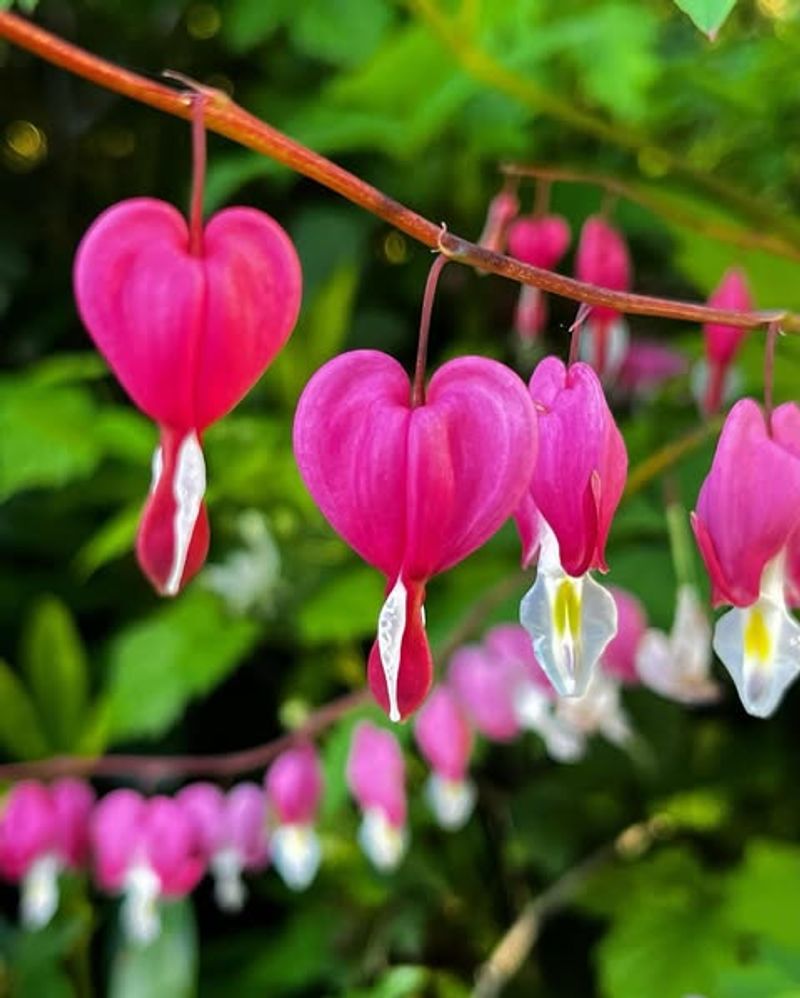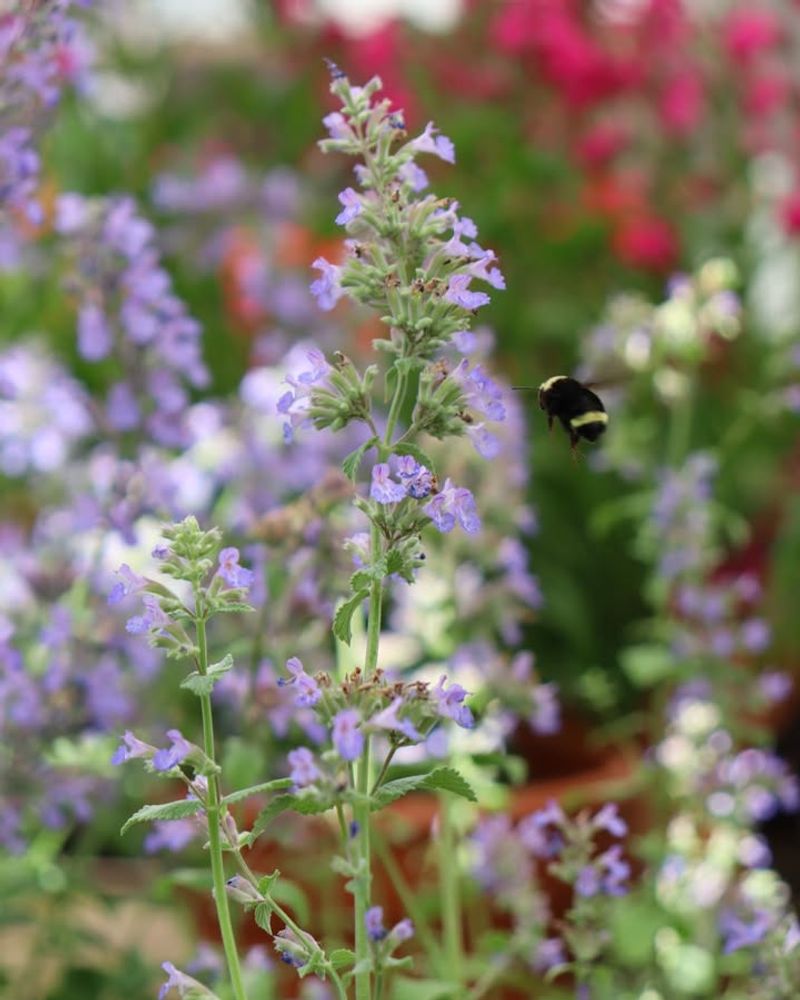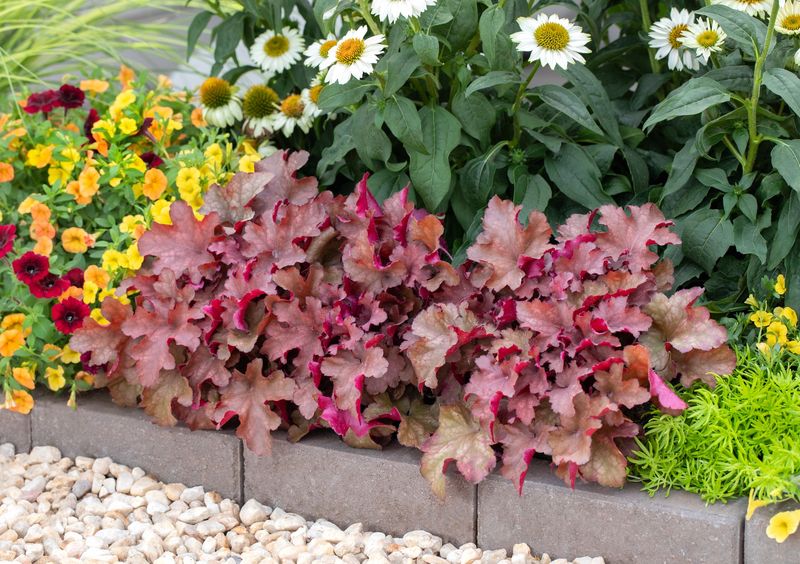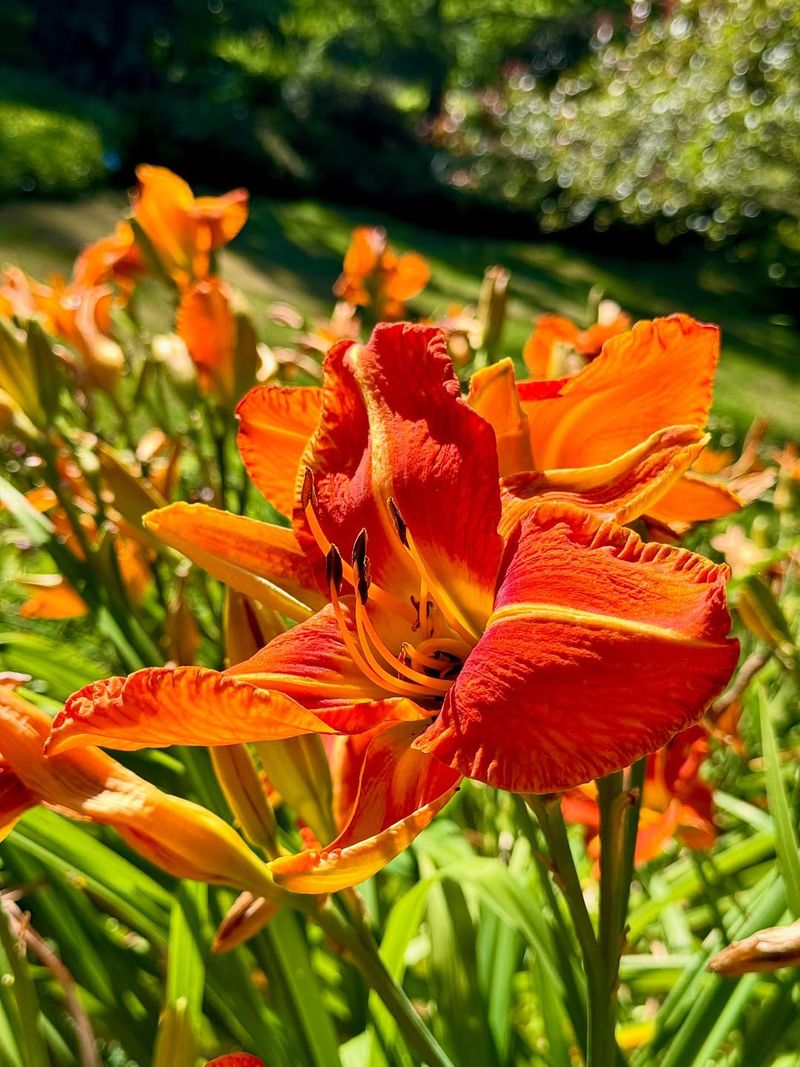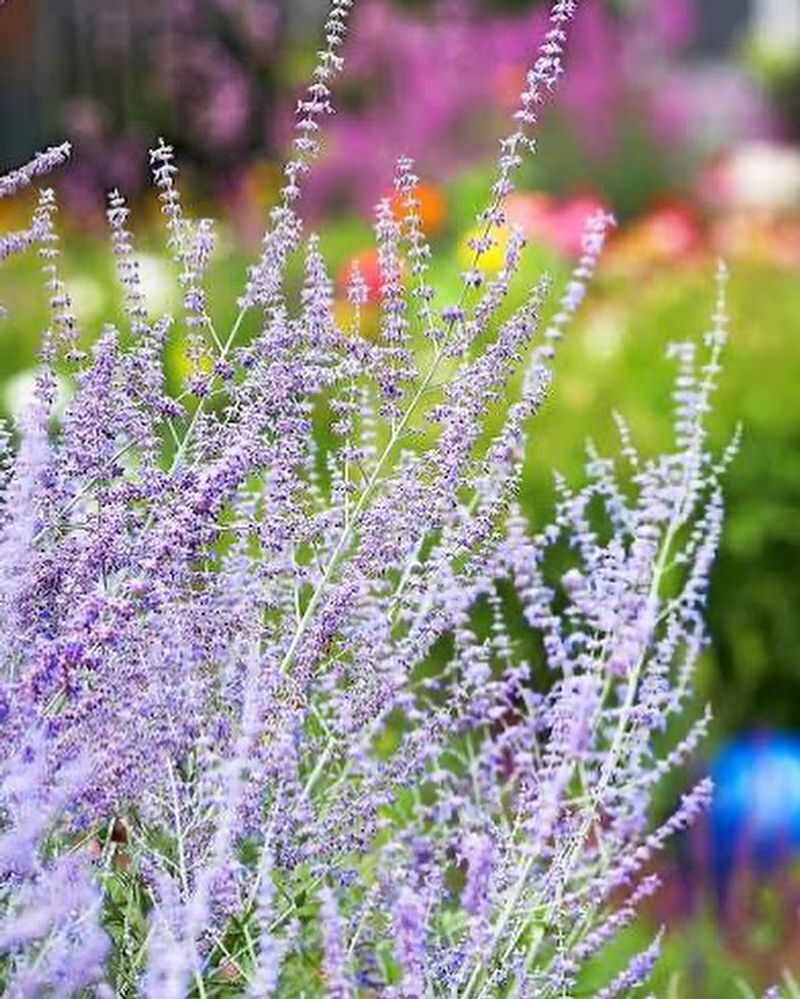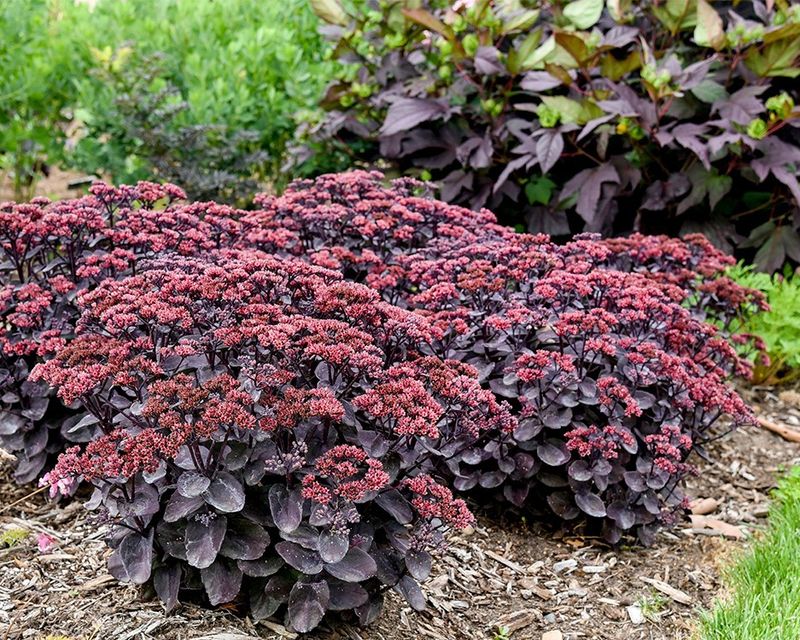November might seem like an odd time to think about spring flowers, but it’s actually perfect for planting certain perennials in Pennsylvania. When you tuck these tough plants into the ground before winter arrives, they develop strong roots during the cold months.
Come springtime, your garden will burst with beautiful colors while your neighbors are just starting to plan their landscapes.
1. Creeping Phlox
Picture a carpet of color spreading across your garden like spilled paint. Creeping phlox creates exactly that effect with its mat-forming habit and explosion of blooms.
This low-growing wonder thrives in Pennsylvania’s climate and handles our unpredictable weather like a champion. Plant it along pathways, on slopes, or cascading over rock walls for maximum impact.
Your spring garden will thank you when this beauty wakes up hungry for sunshine and rewards you with weeks of stunning flowers.
2. Hellebores
Some folks call them Christmas roses, but these tough customers bloom even when snow still dots the ground. Hellebores laugh at cold temperatures and start showing off their nodding flowers in late winter.
November planting gives them time to settle in before their early show begins. They prefer shady spots where other plants struggle, making them problem-solvers for difficult areas.
Deer won’t bother them either, which is a huge bonus for Pennsylvania gardeners battling hungry wildlife.
3. Siberian Iris
Elegant and undemanding, Siberian iris brings a touch of sophistication without the fuss. Its slender leaves create beautiful texture even when flowers aren’t present.
Come May, tall stems shoot up bearing gorgeous blooms in shades of blue, purple, white, and yellow. These plants adapt to various soil conditions and tolerate wet spots better than their bearded cousins.
Fall planting establishes roots perfectly, preparing them for a spectacular spring debut that hummingbirds and butterflies absolutely adore.
4. Bleeding Heart
Nothing quite matches the whimsical charm of heart-shaped flowers dangling like tiny lockets from arching stems. Bleeding hearts bring fairy-tale magic to shaded corners where sunshine rarely reaches.
November is ideal for getting these woodland natives established before dormancy sets in. They emerge early in spring, providing color when gardens desperately need it.
The fernlike foliage adds texture throughout the season, though plants may go dormant in summer heat, leaving space for companion plantings.
5. Catmint
Want a plant that works overtime without complaining? Catmint delivers months of lavender-blue blooms and asks for almost nothing in return.
Its aromatic foliage smells wonderful when brushed against, and pollinators visit constantly throughout its long flowering season. Despite the name, it’s less attractive to cats than catnip, so your garden won’t become the neighborhood feline hangout.
Drought-tolerant once established, it handles Pennsylvania summers beautifully and starts blooming in late spring with proper fall planting.
6. Coral Bells
Grown primarily for foliage that ranges from deep purple to lime green, coral bells prove that flowers aren’t everything. Their leaves create year-round interest in colors that would make an artist jealous.
Delicate flower spikes appear in late spring, attracting hummingbirds who can’t resist the tubular blooms. These adaptable plants handle both sun and shade, though colors intensify with proper light exposure.
November planting allows roots to establish before winter, ensuring vigorous growth when temperatures warm up again.
7. Daylilies
Nearly indestructible, daylilies forgive beginner mistakes and reward experienced gardeners equally. Each flower lasts just one day, but plants produce so many buds that blooms continue for weeks.
Available in almost every color except true blue, they offer endless design possibilities. Their fountains of strappy foliage look attractive even when not flowering.
Fall planting gives them a head start on root development, leading to more impressive blooms their first spring. They multiply readily, giving you extras to share with friends.
8. Russian Sage
Tall, airy, and architectural, Russian sage creates a misty effect with its silver foliage and lavender flower spikes. It brings vertical interest and movement as stems sway in summer breezes.
Incredibly drought-tolerant once established, it thrives in sunny spots with good drainage. The aromatic leaves smell wonderful and deer avoid them completely.
November planting works beautifully in Pennsylvania, allowing roots to settle before winter dormancy. Come spring, new growth emerges ready for a summer-long performance.
9. Astilbe
Feathery plumes rise like colorful smoke above fernlike foliage, making astilbe a shade garden superstar. These moisture-loving perennials brighten dim corners where many plants refuse to bloom.
Their flowers come in shades of pink, red, white, and lavender, providing options for any color scheme. The foliage remains attractive throughout the growing season, offering texture even after blooms fade.
Plant them in November while soil is still workable, and they’ll reward you with stunning spring displays year after year.
10. Sedum
Succulent leaves store water like tiny reservoirs, making sedum the ultimate low-maintenance choice for busy gardeners. Varieties range from ground-hugging creepers to upright types reaching two feet tall.
Autumn Joy remains the most popular variety, with flower heads that change from pink to rusty red as seasons progress. Butterflies mob the blooms, creating living bouquets in your garden.
November planting works perfectly in Pennsylvania, establishing plants before winter so they’re ready to impress when spring arrives with full force.

